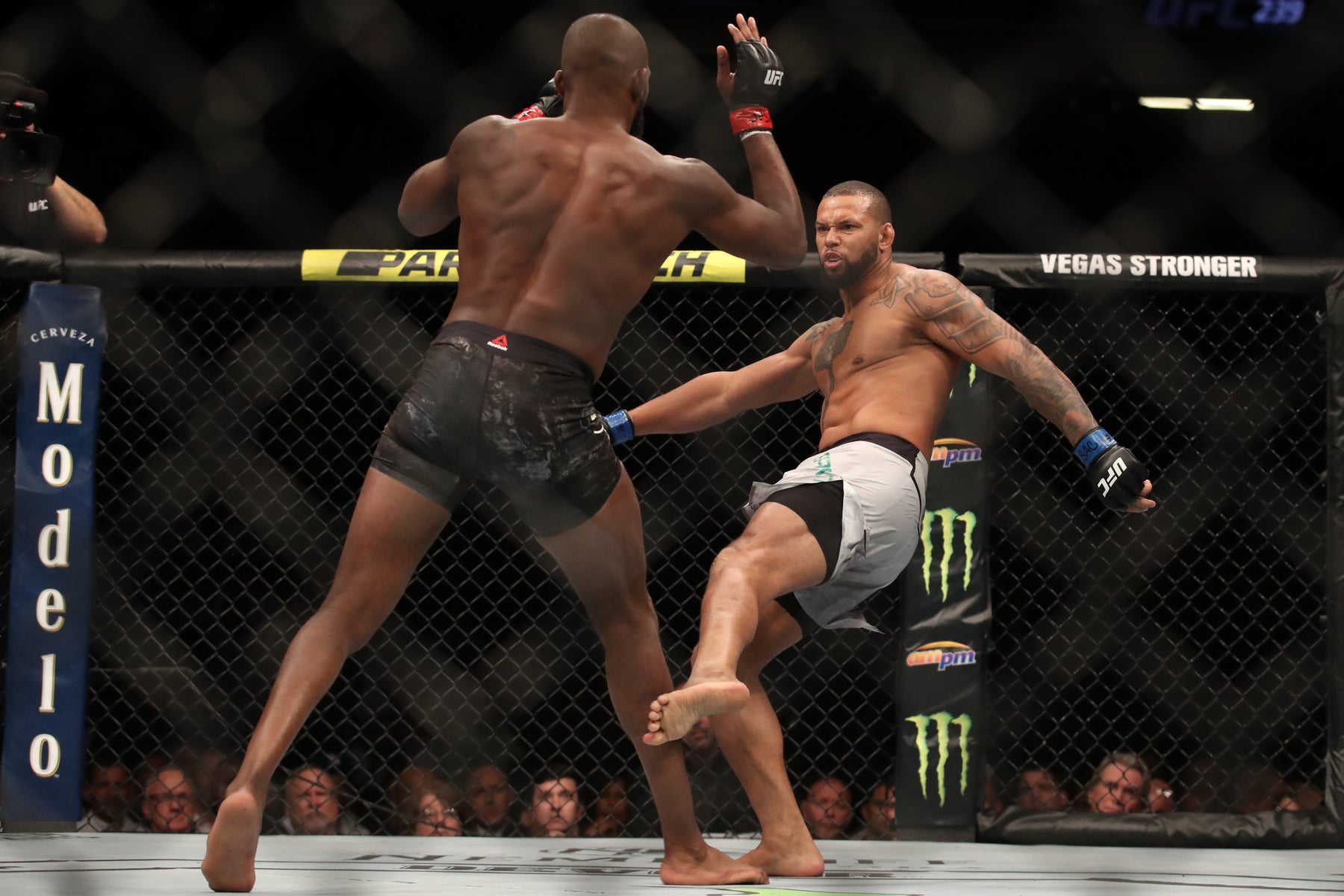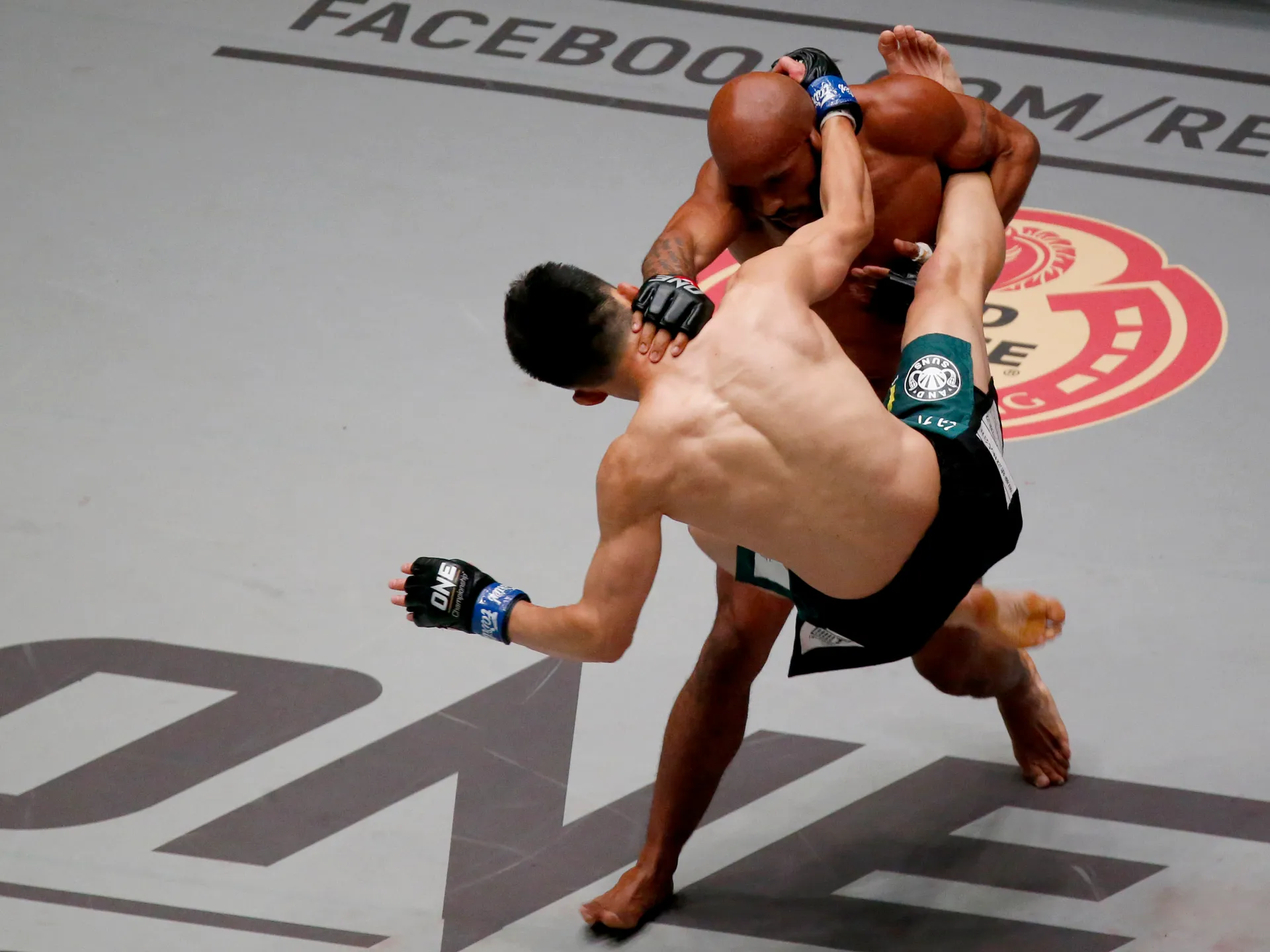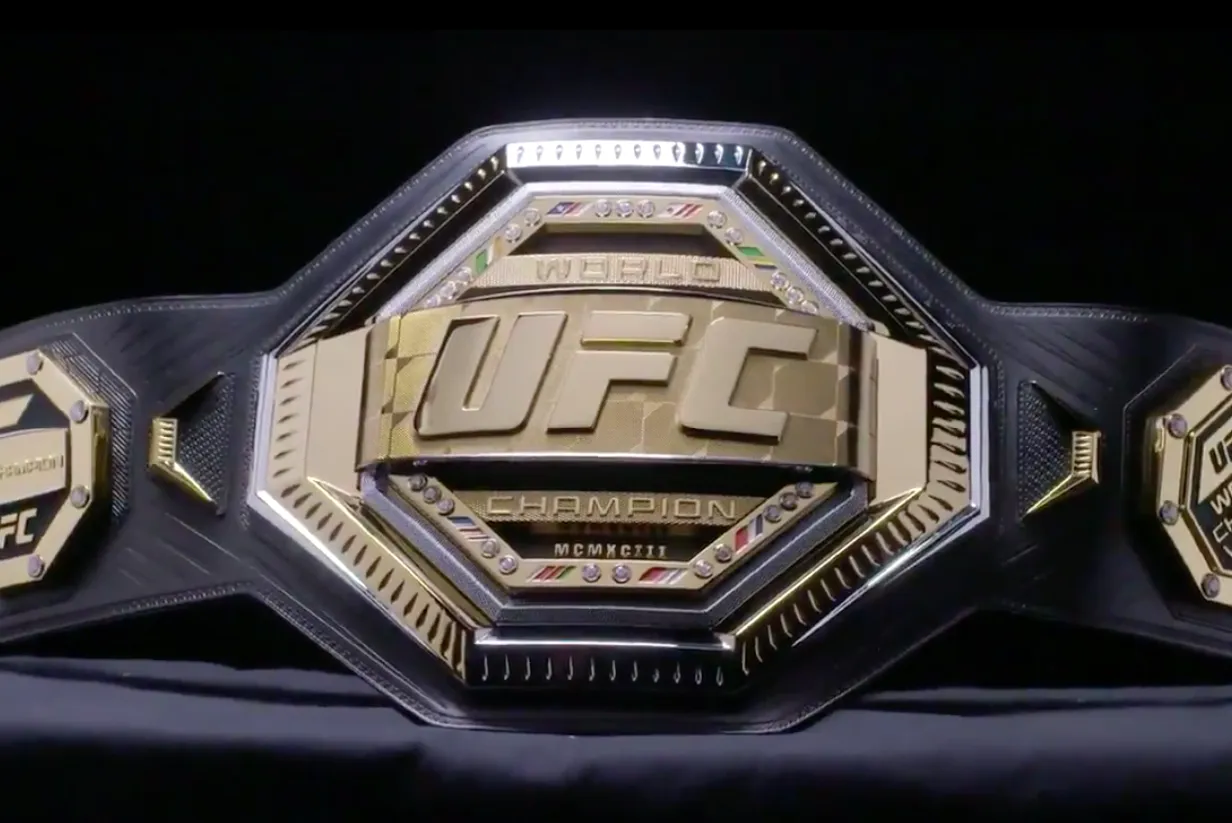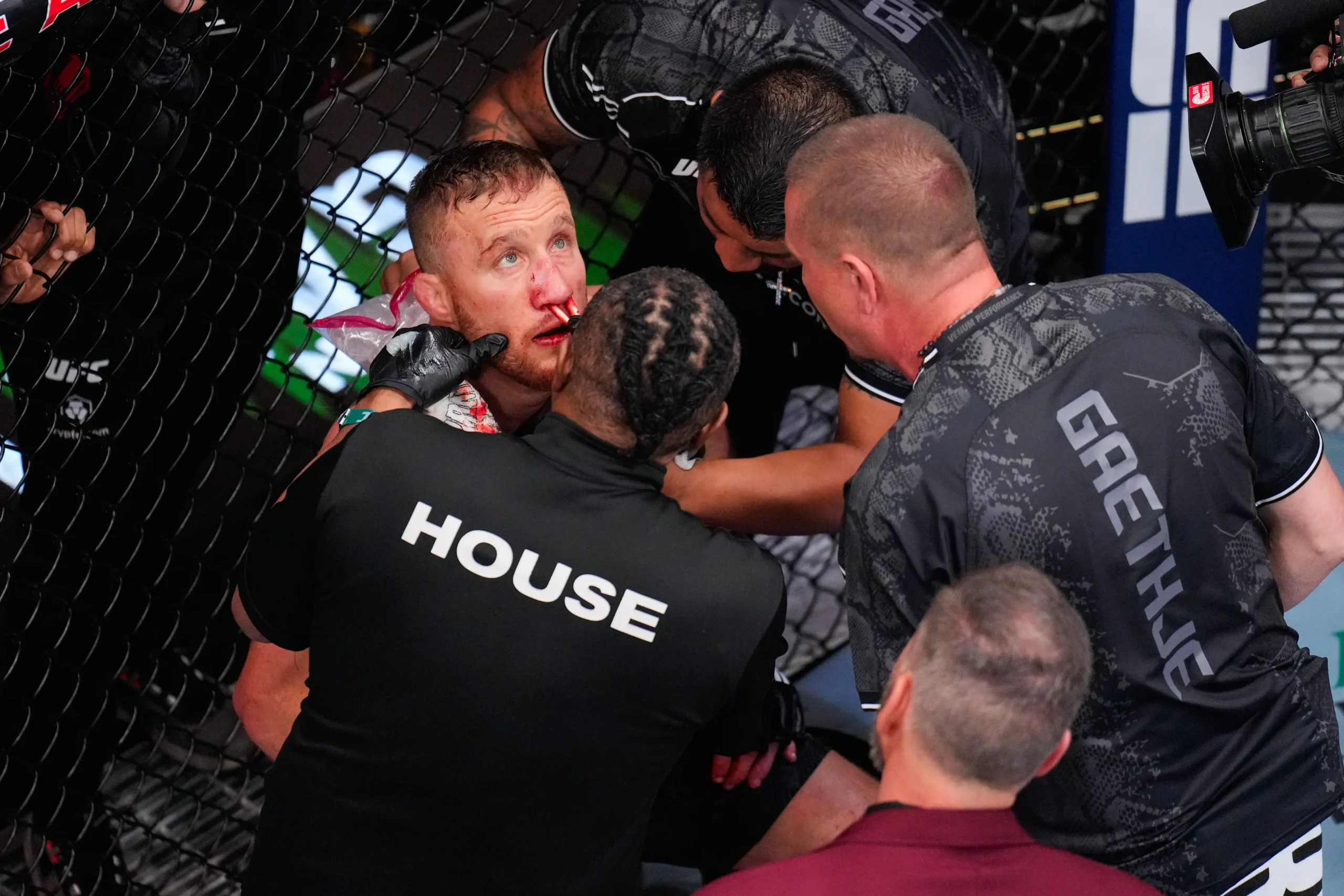UFC belts explained: what champions keep, how the Legacy Belt works, and the BMF title
Fast facts
- Belt types: Undisputed divisional belts (by weight class), Interim belts (temporary), and the BMF belt (symbolic, special designation).
- Who keeps what: Champions keep the belts they’ve won. Under the 2019–present Legacy Belt system, one personalized belt tracks future defenses with stones/rubies.
- Rubies: Each championship bout victory adds a ruby to the belt’s stones; engravings note date/location of the win.
- BMF: A non-weight-class title used for marquee “all-action” fights; defended only when expressly booked.
- Interim: Created when champions can’t defend; the interim champ unifies vs. the undisputed champ when possible.
UFC belts explained: what belts actually exist?
The UFC awards belts in each active weight class (men: flyweight through heavyweight; women: strawweight through at least bantamweight, plus occasional featherweight bouts). Beyond those undisputed divisional titles, there are two special cases you’ll hear about: the Interim Championship (a temporary title that resolves once the undisputed champ returns) and the BMF belt (a symbolic title created for ultra-fan friendly matchups).
The Legacy Championship Belt system (2019–present)
In January 2019 the UFC introduced the Legacy Championship Belt — a personalized, serialized belt issued to each newly crowned champion. Instead of handing out a brand-new physical belt for every subsequent defense, the Legacy Belt tracks a champion’s history with stones that are replaced by red rubies for each championship victory, alongside engraved dates and locations.
- Personalization: name, weight class, national flag, and a unique serial number on the belt.
- Defense markers: stones around the plate; each successful championship bout win swaps a stone for a ruby.
- Long reigns: when rubies on one side fill up, additional wins can be tracked on the opposite side plates.
- Specs (replica reference): approx. 50″ long, 11.5″ wide, ~8 lb with plated metals and multiple stones; designed to be worn or displayed.
The Legacy system preserves history on your belt while ensuring every new champion receives a personalized belt the night they win it.
Do UFC champions keep their belts after losing?
Yes — a champion keeps any belts they’ve earned. When a new champion is crowned, they receive their own Legacy Belt. The outgoing champion doesn’t hand over a physical belt; the title itself changes hands and new hardware is awarded to the winner.
The BMF belt, explained
The BMF (“Baddest MF”) belt is a special, symbolic title the UFC books for specific high-octane matchups. It isn’t tied to a weight class, but once a fighter wins it, the promotion may designate future bouts as BMF title defenses. It carries the same five-round championship format when headlining and appears on fight posters, tale-of-the-tape graphics, and walkout presentations just like divisional belts.
Interim vs. undisputed: how unification works
When a champion is injured or otherwise unable to defend within a reasonable timeframe, the UFC may book an interim title fight. The interim champion is recognized as the top active fighter in that division. When the undisputed champion returns, the UFC typically makes a unification bout; the winner leaves as the sole undisputed champion and the extra belt’s lineage effectively stops there. (For a deeper dive into criteria, timelines, and rankings impact, see the dedicated interim-title explainer linked below.)
How many UFC belts are there?
At any given moment there is one undisputed championship per active weight class, sometimes an interim belt in one of those classes, and — if booked — the BMF belt. Historically, the UFC has also created one-off commemorative belts (for milestones or special events), but the two belt families fans see consistently are the divisional titles and BMF.
What UFC belts are made of and how they’re presented
Modern belts feature plated metals, detailed side plates, and multiple stones around the center plate. The presentation model worn on fight night mirrors the retail replica’s look and feel (the replica specs provide a good baseline for size and weight). On fight night, the belt is carried by officials and placed octagon-side; after Bruce Buffer announces the result, the referee presents the belt to the new or defending champion for the photo and broadcast moment.
How title defenses are recorded on the belt
Each time a champion wins another championship bout — either a defense of their belt or recapturing it later — the Legacy Belt receives a new ruby and an engraved note with the date and location. This turns a belt into a living record of a fighter’s championship history, from the night they first captured gold through subsequent wins.
Two-division champions and multiple belts
When a fighter wins titles in two weight classes (“champ-champ”), they receive a separate Legacy Belt for each division. Defenses in one division add rubies to that division’s belt, independent of what happens in the other. If a champ vacates or is stripped in one class but keeps competing in the other, only the active title’s belt keeps accruing markers.
Belt etiquette: weigh-ins, walkouts, and media
- Weigh-ins: Champions often bring the belt to ceremonial face-offs for photos; it’s not weighed.
- Walkouts: Champions may walk with or without the belt; the octagon-side belt is the one used for the official presentation.
- Media day: Belts appear at scrums, photoshoots, and post-fight press conferences for branding/PR.
- Post-fight: The belt is handed to the athlete and team immediately after the official result is read.
FAQ: UFC belts explained
Do UFC fighters keep the belt after they lose the title?
Yes. Belts are awarded to the winner the night they become champion, and champions retain any belts they’ve earned later on.
Why do some belts have red stones (rubies)?
Under the Legacy Belt system, each championship bout victory adds a ruby and an engraving noting the date and location of the win.
Is the BMF belt a “real” championship?
It’s a UFC-sanctioned, symbolic title not tied to a weight class. The promotion decides when it’s on the line and schedules five rounds when it headlines.
What’s the difference between interim and undisputed belts?
Interim titles cover a division when the champ can’t defend. When the champ returns, the UFC usually books a unification fight; the winner leaves as the lone undisputed champion.
Do champions still get a new belt for every defense?
Since 2019, no. Champions get a personalized Legacy Belt, and defenses are tracked on that belt with rubies and engravings rather than issuing a brand-new belt each time.
How heavy are UFC belts?
The on-air presentation model is comparable to the retail Legacy replica, which is roughly 8 pounds with plated metals and multiple stones.
MMAailm.ee is a premier MMA blog committed to delivering comprehensive analysis, up-to-the-minute news, and exclusive insights into the global landscape of mixed martial arts. Catering to passionate MMA enthusiasts worldwide, MMAailm.ee covers everything from fight night breakdowns and athlete performances to technical evolutions and behind-the-scenes narratives. Our mission is to bridge the gap between fans and the ever-evolving world of MMA through timely information and engaging content.
Latest articles
-
UFC 321 preview (Oct 25, 2025): Aspinall vs Gane in Abu Dhabi — full card, start times, how to watch, and keys to victory
-
Calf kick in MMA: why it works, best setups, and real counters
-
UFC Fight Night De Ridder vs Brendan Allen results: Allen wins after R4 corner stoppage in Vancouver
-
Unified Rules vs ONE vs PFL rules: what’s legal, how scoring works, and why it changes fight strategy
-
UFC belts explained: what champions keep, how the Legacy Belt works, and the BMF title
-
How many rounds in UFC? A complete guide to rounds, time limits, breaks, and special cases






